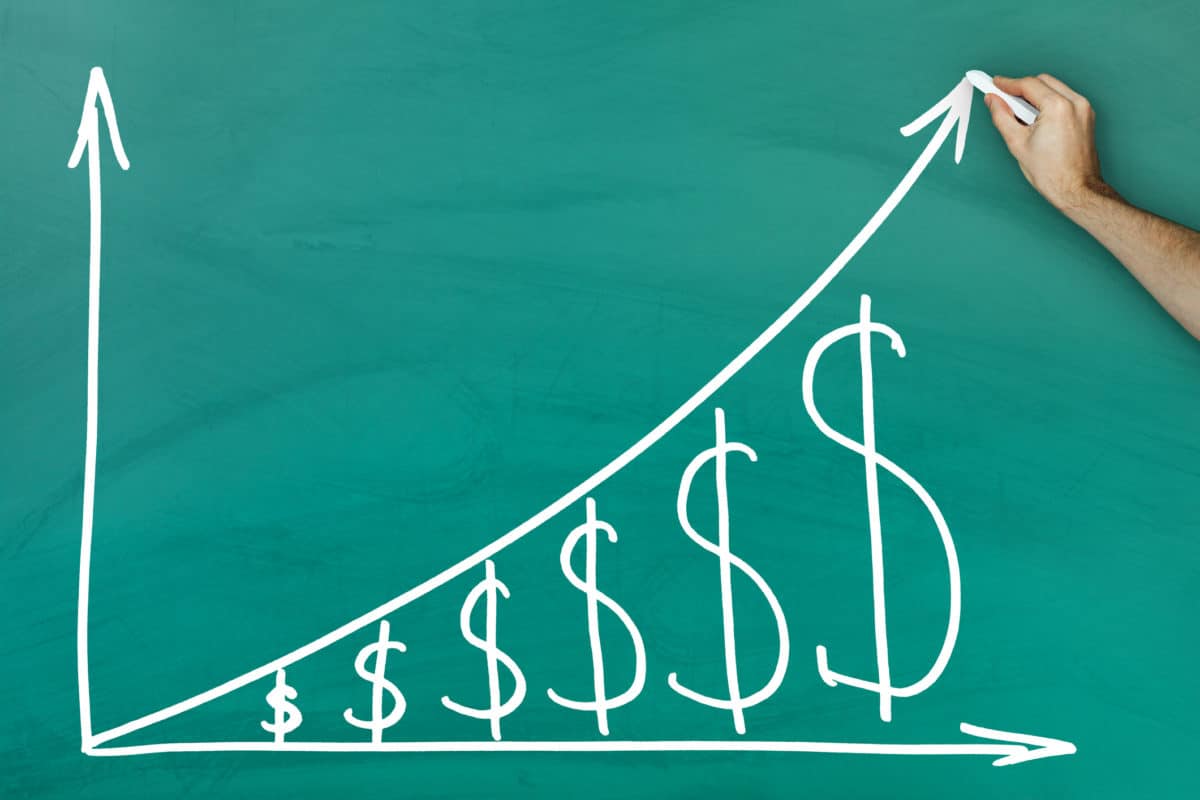BCE (TSX:BCE) is down more than 30% over the past year and the stock currently offers a 9% dividend yield. Contrarian investors seeking high-yield passive income for their self-directed Tax-Free Savings Account (TFSA) are wondering if BCE stock is now undervalued and attractive to buy.
BCE share price
BCE trades for close to $44 at the time of writing compared to $64 at this time last year and as high as $74 at the peak in 2022.
The pullback has been difficult to watch for long-time holders of the stock. BCE is an industry leader providing mobile and internet services to Canadian homes and businesses. These services tend to generate steady revenue in all economic conditions due to their essential nature, so the extent of the decline in the share price is likely overdone. BCE expects 2024 revenue and earnings before interest, taxes, depreciation, and amortization (EBITDA) to be flat or slightly higher compared to last year.
What’s going on?
Negative pressure on the stock is largely due to the steep rise in interest rates over the past two years. The Bank of Canada raised interest rates in an effort to get inflation under control. At the high point in June 2022, inflation hit 8%. The March 2024 report just came out, showing inflation was 2.9% last month, up slightly from February. An inflation level of 2% is the central bank’s target, so there is some work still to do before the Bank of Canada starts to cut rates.
High interest rates drive up borrowing costs for companies like BCE that use debt to fund their growth programs. Rising debt expenses cut into profits and can reduce cash available for distributions. BCE’s stock price will likely remain under pressure until there is clear evidence the Bank of Canada plans to start cutting interest rates.
Media business challenges
BCE owns a television network, specialty channels, and radio stations. Advertising revenue is declining in these legacy media segments as clients trim marketing budgets or shift spending to digital alternatives. BCE announced cuts of more than 6,000 jobs over the past year to adjust the overall business to the current and expected operating environment. Challenges in the non-digital parts of the media group could persist.
Dividend safety
BCE increased the dividend by 3.1% for 2024 despite the headwinds. The distribution should be sustainable based on the steady revenue and EBITDA outlook. BCE is also reducing its planned capital outlays to preserve cash. Expenses connected to staff cuts will hit profits this year, but 2025 should see the savings contribute to better results.
That being said, a 9% yield often indicates the market is concerned that the dividend payout could get cut. No dividend is 100% safe, so investors need to keep this in mind when evaluating the stock.
Should you buy BCE now?
Ongoing volatility should be expected until the Bank of Canada cuts interest rates. If inflation trends near 3% for the next several months, there could be more downside for BCE stock.
Contrarian investors who think the stock is already oversold might want to start nibbling at this level for their passive-income portfolios. The stock is arguably oversold at this point, and there is decent upside potential if interest rates decline later this year and in 2025.









